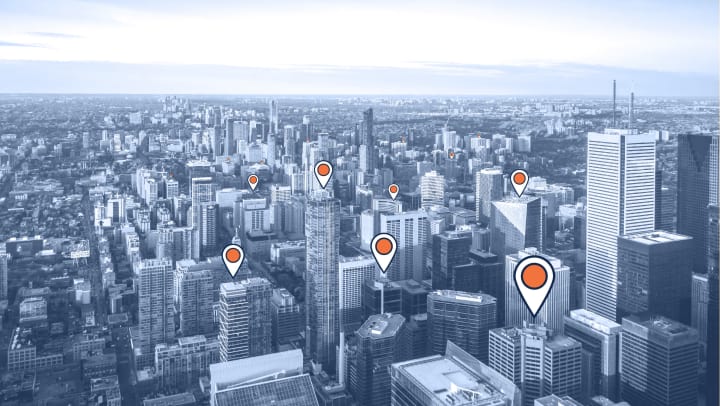
Don’t Base Your Marketing Strategy on Bounce Rate – Here’s Why
A high bounce rate does not necessarily represent a failure of your website’s content. It shouldn’t prompt immediate panic for marketers or a total overhaul of your digital strategy. It’s important to examine why it is happening and gain an understanding of the other factors that can help put this metric into perspective.
The Basics: What is Bounce Rate?
The bounce rate is the percentage of sessions on a website that trigger only a single request to the analytics server. If your average bounce rate is 75 percent, this means 75 percent of the people who come to your website leave after viewing only the page they landed on.
It’s Not a KPI for Visit Quality
Measuring bounce rate is not a good KPI because it can’t always be judged as negative. It’s often used as a measure of visit quality and generally indicates that site landing pages aren’t relevant to your visitors.
However, there are many instances when it’s not related to visit quality. In some cases, it’s possible for a website visitor to find the information they need right away, so they probably wouldn’t dive deeper into the website. If your homepage has prominently displayed pricing, leasing information, phone numbers, or links leading off the website, then it will likely experience a high bounce rate that is unrelated to website visit quality.
Different Sites, Different Bounce Rates
Depending on the type of website and the content it’s serving, bounce rate can fluctuate greatly. Lead generation sites that sell specific services and packages tend to see a bounce rate between 30-50 percent, while landing pages with one call to action (i.e. Contact Us) generally experience a bounce rate between 70-90 percent. In both cases, it is critical that the first few seconds of each visitor’s website experience is optimized.
It Varies Between Digital Channels
Traffic from different digital channels will have different bounce rates based on user intent and their stage in the conversion funnel. Digital advertising, for example, targets users who are ready to convert. For websites with a prominently displayed phone number, this can result in a higher bounce rate for advertising traffic as users find the phone number, call immediately, and leave the website. Digital channels that capture users from a higher point in the funnel may result in a longer visit to the website as users browse to collect information but convert at a lower rate.
At the end of the day, don’t get too stressed out about your bounce rate. Instead, focus on engagement metrics like goal completions, leads, and time on site. When viewing these metrics, take website design into account. Remember: It’s about the quality of visits, the intention of the page, and the action the visitor takes.
Turn Your Website Into a Lead-Generating Machine
With more than 10 years of experience in real estate marketing, G5 has the expertise to guide your digital marketing strategy in the right direction. Contact G5 today.
Get News, Articles & Updates in Your Inbox
Thank You for Your Interest
We will be in contact soon and look forward to learning more about you and your company. Based on your marketing challenges, we’ll discuss increasing visibility into your analytics and how to generate more and better leads so you can achieve your marketing goals.
In the meantime, we invite you to check out our checklist on website accessibility. Use this checklist to start assessing the baseline accessibility of your website.
Enjoy! We’ll be in touch very soon.
